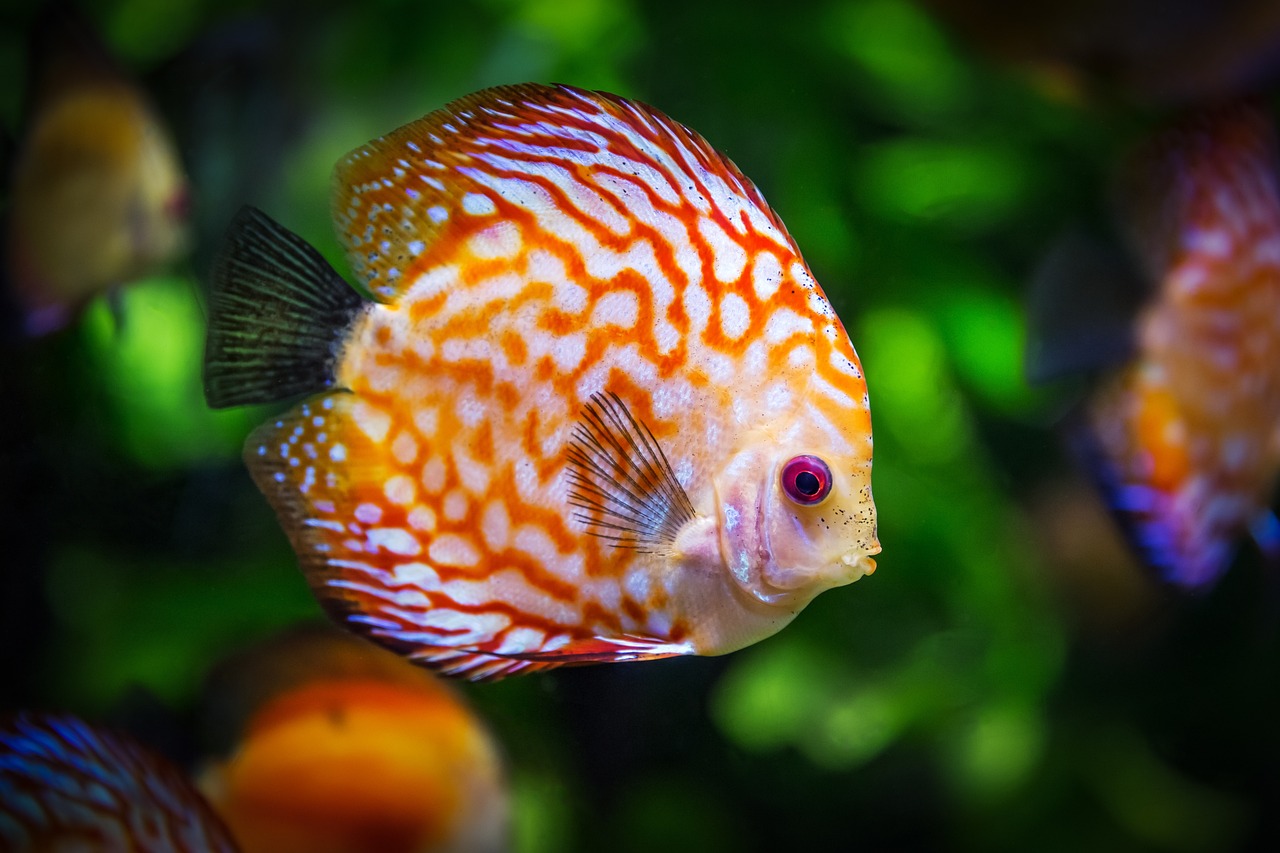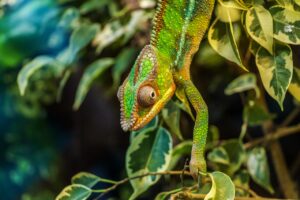
The Dos and Don’ts of Feeding Your Fish Pet
Contents
- 1 Introduction
- 2 Do feed your fish 3 times a day.
- 3 Don’t overfeed your fish.
- 4 Do take the time to research what kinds of food are good for your fish and what kinds aren’t.
- 5 Don’t ignore all those little signs that you might be giving your fish too much food or too little food, like unhealthy eating habits, gas bubbles and so on.
- 6 Do keep a close eye on how much food you give your fish at each feeding, since this will help you avoid overfeeding them.
- 7 Don’t forget about the other nutrients that are important for your fish’s health and well-being, like vitamins and minerals.
- 8 Do make sure you’re not just providing protein when you feed your pet; give it vegetables and other foods too!
- 9 Don’t hesitate to introduce new foods into the diet–this can help prevent constipation from occurring!
- 10 Feeding your fish properly is an important part of keeping them healthy, happy and alive for long periods of time
- 11 Conclusion
Introduction
If you’ve ever had a pet fish, or if you’re thinking of getting one, it’s important to understand how to properly feed them. It isn’t as simple as just throwing some pellets into the water and hoping for the best! There are a few things that you have to keep in mind when feeding fish–both what types of food they can eat, as well as how often they should be fed. In this article we’ll cover all of these topics so that you can feel confident in taking care of your new friend!
Do feed your fish 3 times a day.
Don’t feed your fish more than they can eat in five minutes.
You should feed your fish three times a day, but not more than they can eat in five minutes. If you give them too much food and it goes bad, it will pollute the water and make your pets sick.
Don’t overfeed your fish.
Overfeeding your fish is a common mistake, but it can lead to a number of health problems. If you feed your fish too much, they may become constipated and bloated. Overfeeding also contributes to poor water quality because the excess food will not be broken down quickly enough by the bacteria in your aquarium’s filter.
The amount of food you should give depends on the size of your tank and how often you feed them (for example: once per day or several times per day). Use caution if feeding more than once per day because this will increase the risk of overdose.
Do take the time to research what kinds of food are good for your fish and what kinds aren’t.
The best way to learn is by looking at the packaging of each item you want to give your fish. If it contains any of these ingredients: chocolate, avocado, garlic, onion or salt; don’t feed it to them! Also make sure that any food with caffeine (tea leaves/coffee grounds) isn’t given as well–it can be toxic in large doses and cause liver damage over time.
Don’t ignore all those little signs that you might be giving your fish too much food or too little food, like unhealthy eating habits, gas bubbles and so on.
If you notice your fish eating more than usual, it could be a sign that they are being overfed. If they’re not eating at all or only eating very little, then it’s likely that their diet is lacking.
How do you know if your fish is eating enough? You should check the following:
- Are there any signs of unhealthy eating habits? For example, do they have gas bubbles coming out of their mouths when they eat? Do they seem to be having trouble digesting food properly and therefore regurgitating it back up into the water (this will look like small balls or clumps floating around in your tank)?
- How much time does each meal take for them–and does this vary from day-to-day or week-to-week? If so, this could indicate that something isn’t right with either their diet or digestive system and needs to be addressed by adding more variety (or removing certain types) until things settle down again
Do keep a close eye on how much food you give your fish at each feeding, since this will help you avoid overfeeding them.
Make sure you’re not overfeeding your fish.
- Do not give them too much food at once. This can cause the water to become cloudy and may lead to an explosion of bacteria in their tank, which can be harmful for your pet.
- Do not give them too little food at once, either–your fish need nutrients to stay healthy! If they do not get enough nutrients from their diet, it could result in disease or death (or both).
Make sure that what you’re feeding them is appropriate for the size of tank they live in: if there is more than one type of fish in there together with different needs (like carnivores versus herbivores), then make sure each gets something they like so there aren’t any fights over who gets what type of food!
Don’t forget about the other nutrients that are important for your fish’s health and well-being, like vitamins and minerals.
It’s important to remember that fish need more than just protein. Vitamins and minerals are also essential for healthy growth, development and reproduction. It’s best to provide a balanced diet that contains all the nutrients your fish needs to be happy and healthy!
Do make sure you’re not just providing protein when you feed your pet; give it vegetables and other foods too!
- Don’t just feed your fish protein. In order to maintain a healthy diet, you need to provide your pet with a variety of foods. Fish can get constipated if they only eat meat, so make sure that you mix in vegetables and other types of food as well.
- While it’s true that fish don’t have teeth and therefore don’t chew their food like humans do, they still require fiber in order for their digestive system to function properly. Vegetables such as spinach or cucumber are excellent sources of fiber for this purpose!
- Many people assume that because fish don’t have teeth or jaws like humans do (and therefore don’t need meat), there’s no point in giving them any vegetables whatsoever–but this simply isn’t true! While most pet stores sell pellets made specifically for pets with different dietary requirements (such as cats vs dogs), these aren’t always available at affordable prices everywhere…so if yours doesn’t stock them regularly then try looking elsewhere online instead.”
Don’t hesitate to introduce new foods into the diet–this can help prevent constipation from occurring!
- Introduce new foods slowly. For example, if you’re going to feed your fish some lettuce for dinner, try adding just a little bit at first and then gradually increase how much you give them over time. This way, if your fish doesn’t like it (or gets sick), then it won’t be too bad because this way they won’t have eaten as much of it already before realizing it was bad for them.
- Don’t feed too many new foods at once! The more variety there is in their diets, the better off they will be in terms of health benefits such as reducing risk for disease or even helping with depression symptoms caused by boredom from eating same old thing every day…but don’t go overboard either–it’s best not only because they may get sick but also because sometimes certain combinations together can cause digestive problems too so better safe than sorry here..
Feeding your fish properly is an important part of keeping them healthy, happy and alive for long periods of time
Feeding your fish properly is an important part of keeping them healthy, happy and alive for long periods of time. While it might seem like a simple task, there are actually quite a few things you can do wrong when it comes to feeding your beloved aquatic pets.
Here are some Dos and Don’ts that will help you avoid making any common mistakes when it comes to feeding your fish:
- DO feed your fish three times a day (or more often if they’re young). If you only give them one meal per day, they won’t get enough nutrients or energy from their food and could end up dying as a result! To make sure this doesn’t happen, try giving them some treats in addition to their regular meals so that they have something extra special every once in awhile.* DON’T overfeed your pet fish with too much food at once–this can cause health problems such as constipation or bloating which could lead into serious health issues down the road if not treated promptly.* DO research what kinds of foods are good for particular species before buying anything new off store shelves; many types aren’t compatible with certain breeds due their specific dietary needs so make sure yours isn’t allergic beforehand!
Conclusion
If you’re looking for a way to keep your fish healthy and happy, feeding them properly is one of the most important things you can do. Feeding your pet three times a day will help ensure that it gets all the nutrients it needs in order for its body to function properly and stay strong. You should also be careful not overfeed or underfeed your fish–this can lead to digestive problems like constipation or bloating!



Average Rating